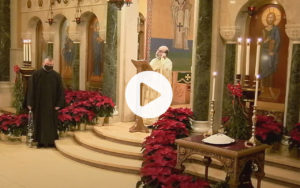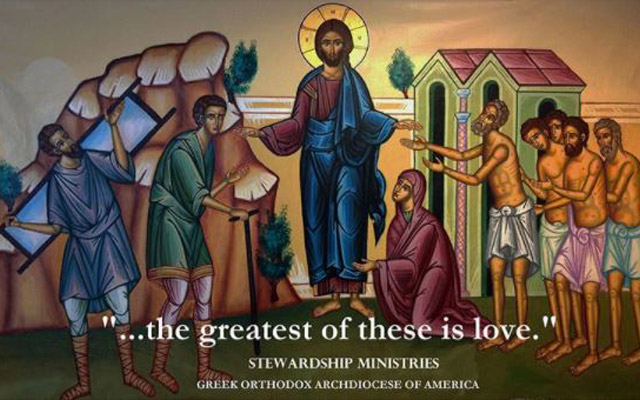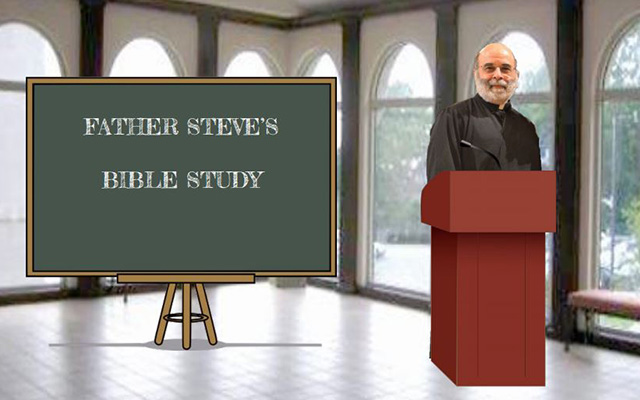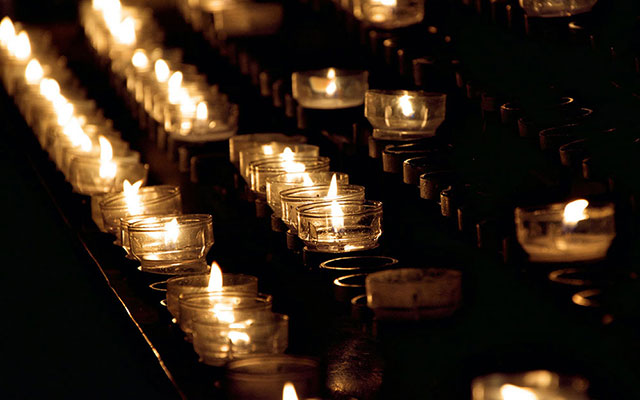Christos Anesti! Christ is Risen! Monday of the Third Week of Pascha. Saint George and the Dragon in Iconography.
The wealth of images depicted in holy icons is overwhelming, yet one thing appears to unite them all. Despite not usually being painted in a naturalistic way, they are always concerned in depicting reality. In icons of the life of Christ, His Saints, or other historic events we are always presented with what happened, and the meaning behind what happened. The image of St George killing the dragon, on the other hand, appears more like






